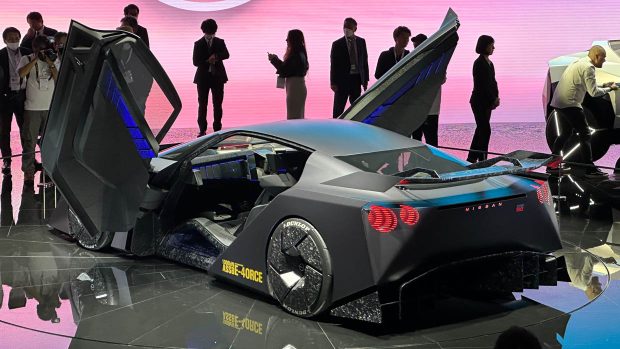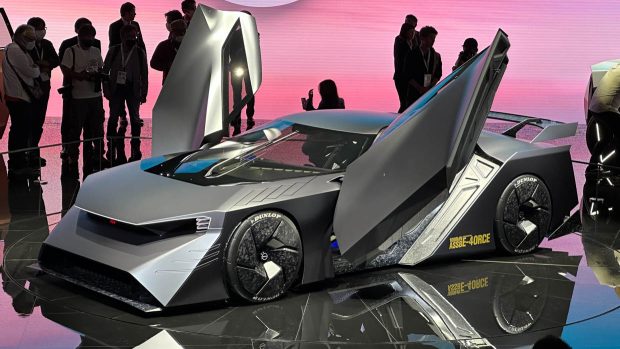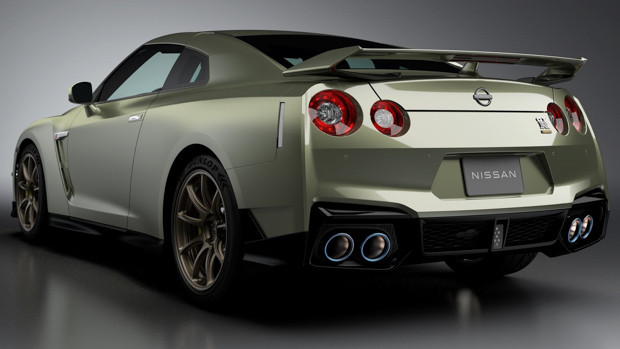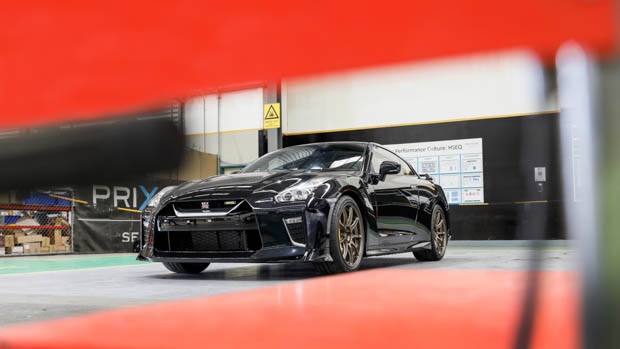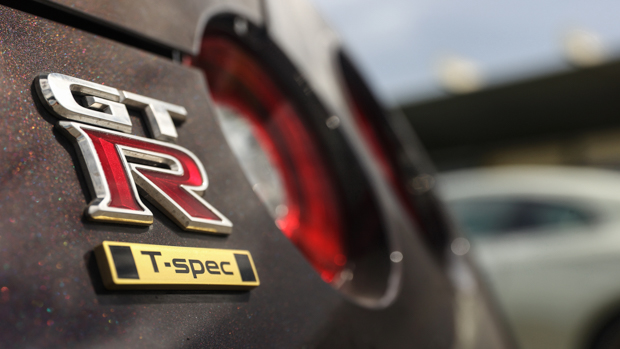-
Car Reviews
- All reviews
- Midsize SUVs
- Small cars
- Utes
- Small SUVs
- Large SUVs
- Large cars
- Sports SUVs
- Sports cars
- Vans
Latest reviews
- Car News
-
Car Comparisons
Latest comparisons
- Chasing Deals
GT-R mimicking grille badge, GT-R tribute rear lights and giant wing are all the hints you need: Nissan’s halo supercar could live on as a mad EV.
Looking like something between a gamer’s fantasy and a Blade Runner nightmare, Nissan’s unveiled its Hyper Force concept vehicle at the Japan Mobility Show in Tokyo.
Less than subtle hints show this is Nissan’s potential plan to one day replace its hero GT-R supercar.
Electrification would likely be the only way the revered GT-R badge could live on, and good grief Nissan’s designers have ensured it won’t be boring.
The Hyper Force reveal is the fifth and final of Nissan’s ‘hyper’ concepts shown throughout October, each one seemingly outdoing the previous for outright bonkersness.
It’s fully electric and uses an all-solid state battery, hopefully a solution to bring greater range to all EVs, especially energy hungry ones. Like electric hypercars.
With Nissan promising a power output “up to 1000kW” you can guarantee hypercar status will easily be achieved here.
Powerful downforce is promised – the body’s squared edges, shelf-like front bumper and massive rear wing will see to that – as is Nissan’s e-4ORCE all-wheel control technology.
We’re told its Nismo-inspired body features high-strength carbon and there are elements “such as on the front and rear lamps that pay homage to Nissan’s high-performance cars.”
That means the GT-R, in case it hadn’t smacked you in the face already. The rear lights have the familiar red-ringed stove top homage of our favourite Nissan bad boy, as clear a signature as you need.
The boxy rear end with massive diffuser and sculpted rear wing all modernise that familiar GT-R shape, while up front, above the snowplough-like front end, there’s a digitised logo that’s unmistakably GT-R.
Head down the side and once you get past the scissor doors (because hypercar), lightweight forged carbon wheels are almost solid in design and look spectacular wrapped in barely-there Dunlop rubber.
It’s no less mad and futuristic inside.
The Hyper Force has two drive modes: R for racing and GT for grand touring.
The latter illuminates the cabin in cool blue, while, of course, opt for R and everything turns red. Because you want to drive angry.
In GT mode all your on-road vitals are front and centre, including air con, audio and suspension settings.
But in R the panels on the dashboard extend towards the seating space to “enhance the cockpit feel around the driver.”
Four satellite screens around the steering wheel display tyre grip and temperature, air pressure, brake temperature, power distribution and other key racing info.
Purists may now look away. There’s advanced autonomous drive, and augmented reality (AR) and virtual reality (VR) experiences that “enables driving in both the real and virtual world seamlessly.”
Yep, when stopped, you can sling on a “special helmet with blind visors for VR that enables entering a gamified driving experience.” Let’s hope its lightweight highly rigid carbon-fibre seats are comfier than they look, then.
Nissan’s calling this Hyper Force a “game-changing hyper EV.”
And if we ever want the hero GT-R on the Australian market again, we’re going to need something revolutionary.
The 3.8-litre twin-turbo V6 Nissan GT-R R35 was pulled from sale here in 2021 as it didn’t meet stricter ADR side impact regulations.
Despite a 2007 launch, the current generation GT-R is still in production – and had 2024 model year updates – and remains on sale in Japan.
Nissan’s given no official word on what if anything would replace the R35 generation GT-R. It’s hard to imagine, in the current hypercar climate, it could be anything but electric.
But will it look anything like this Hyper Force? Let’s just say it can only really be toned down from here, as this monster really challenges aesthetic acceptability.
But, judging by this wild thing, you can guarantee any electric GT-R will never, ever be boring.
Latest news
About Chasing cars
Chasing Cars reviews are 100% independent.
Because we are powered by Budget Direct Insurance, we don’t receive advertising or sales revenue from car manufacturers.
We’re truly independent – giving you Australia’s best car reviews.
